-
Follow us on Instagram, Facebook, TikTok, or message us on WhatsApp.
Fake vs Real: Sneaker Verification Secrets Revealed (What Resellers Don't Want You to Know)
- , by Penny
- 6 min reading time
Real talk time.
The sneaker authentication game? It's not what they want you to think it is.
We're about to pull back the curtain on an industry built on promises they can't always keep. And yeah, some resellers are gonna hate us for this.
But here's the thing – we're all about keeping it 100 with our community. No BS. No smoke and mirrors. Just the truth about what's really happening when someone slaps that "authenticated" sticker on your kicks.
The Wild West Days (And Why They Never Really Ended)
Before StockX, GOAT, and all these big authentication platforms showed up? Pure chaos.
Picture this: You're scrolling eBay at 2 AM, praying that those Jordan 4s aren't fake. You're checking Nike Talk forums like your life depends on it, crossing your fingers and hoping for the best.
The authentication industry promised to fix all that.
They don't tell you that modern fakes are scary good. Like, really scary good.
Gone are the days when you could spot a fake from across the room because the Jumpman looked like he was having a seizure. Today's counterfeiters? They've essentially closed the quality gap. Some of these fakes are so clean that even seasoned collectors do double-takes.
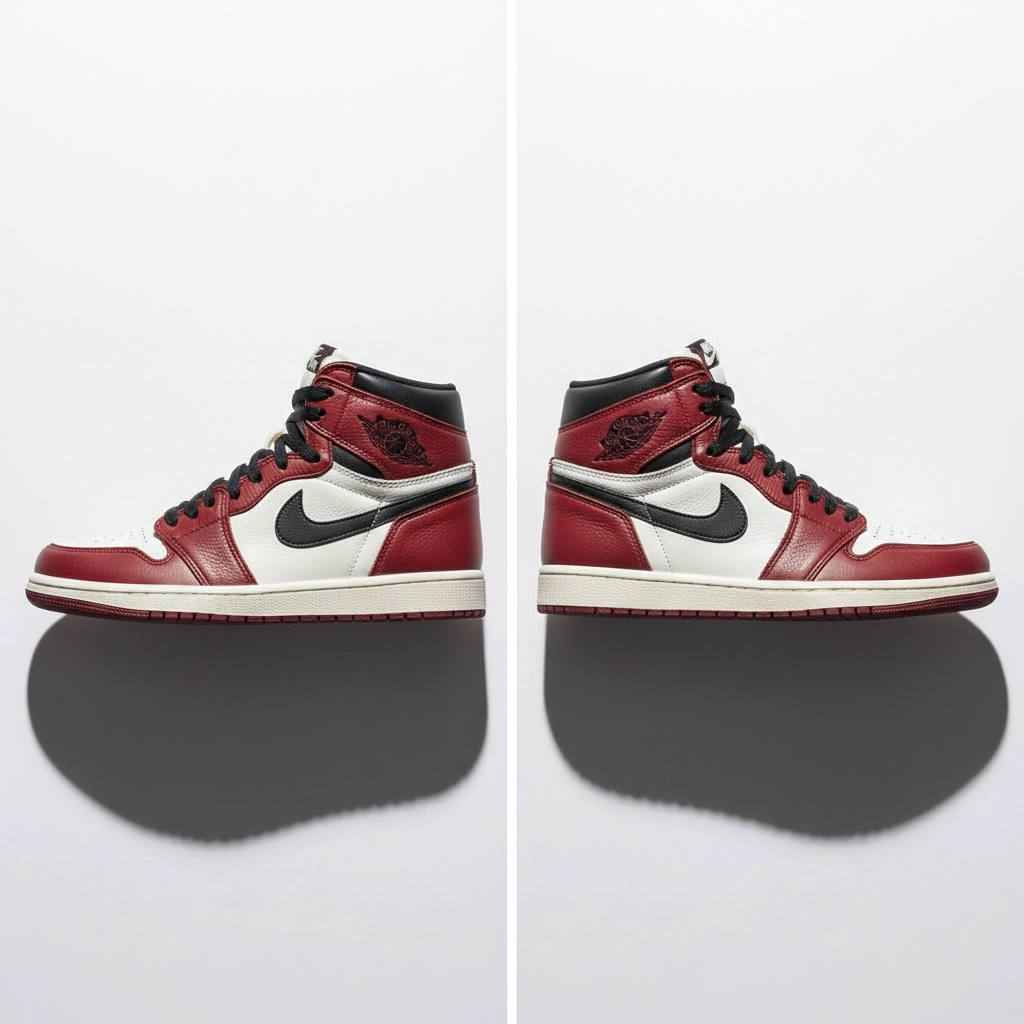
The Nike Problem Nobody Talks About
Plot twist: Sometimes authentic Nike pairs look fake.
Nike's quality control is... well, let's say it's inconsistent. Walk into any Foot Locker, and you'll see what we mean. One Jordan 4 has perfect toe box stitching. The one right next to it looks like it was made by someone's little cousin.
This creates a nightmare scenario for authenticators. How do you call something fake when real retail pairs look wildly different? One shoe's construction might be on point, another might look questionable – but they're both 100% authentic.
It's like trying to spot a counterfeit dollar bill when the real ones keep changing colors.
What Actually Happens During Authentication (The Behind-the-Scenes)
Would you be ready for some insider knowledge?
Step 1: The Box Check
- Font matching (more complicated than you think)
- Color accuracy (counterfeiters mess this up more than you'd expect)
- EAN alignment (boring but crucial)
- Even the tissue paper color matters
Step 2: The Sniff Test
Yeah, you read that right. Professional authenticators literally smell shoes. Fake adhesives have a different scent than the real deal. Weird? Maybe. Effective? Sometimes.
Step 3: The Stitching Deep Dive
They're examining every stitch with flashlights and magnifying glasses, looking for patterns, inconsistencies, and anything that screams "not made in the same factory."
Step 4: Weight and Density Check
Real materials feel different. Counterfeiters struggle to nail the exact weight distribution and material density.
Step 5: Manufacturing Codes
This is where a lot of fakes get caught. Those random numbers and letters? They tell a story, and counterfeiters often get the story wrong.
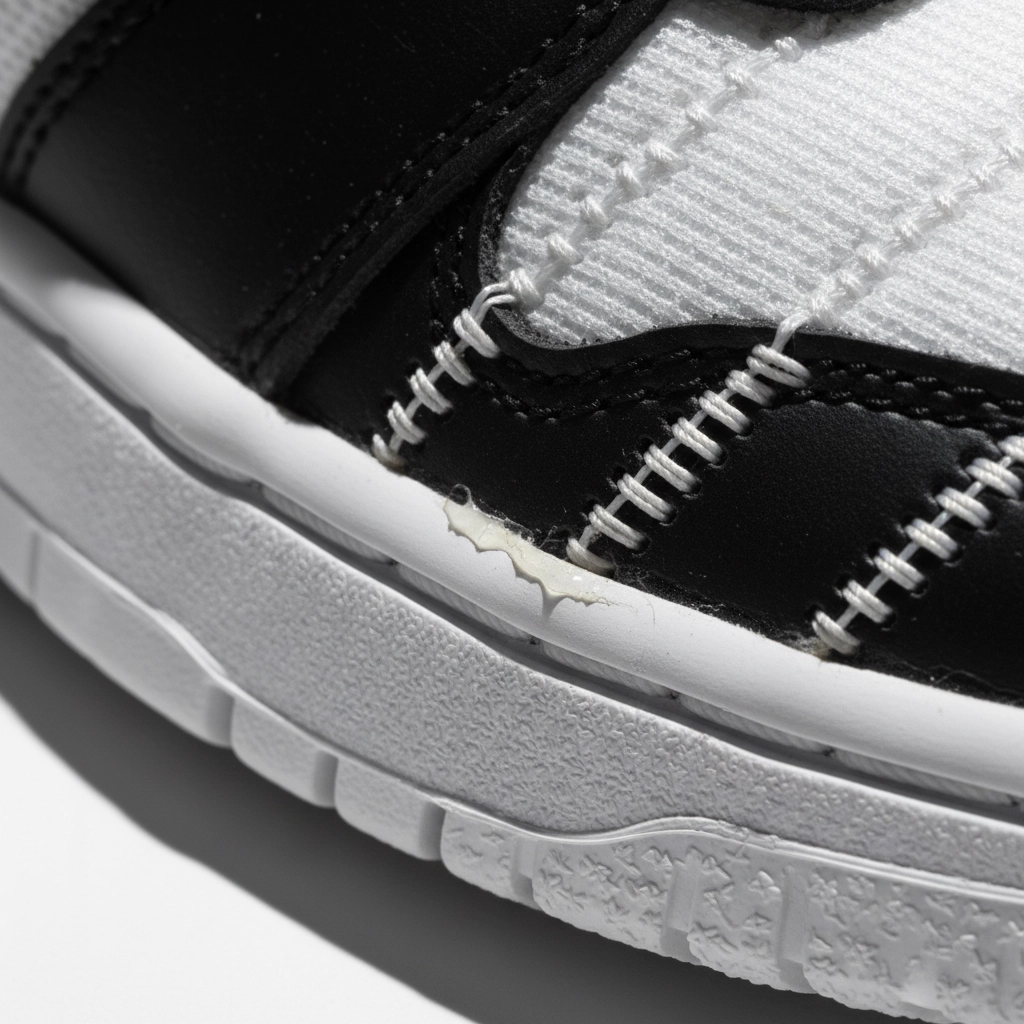
The High-Tech Stuff (That Still Isn't Perfect)
Some authentication services are going full CSI mode:
- UV lights reveal hidden patterns
- Microscopes for micro-engravings
- AI systems are building massive databases
- Some places are even cutting shoes in half to check the internal construction
Sounds impressive, right?
Here's the kicker: Fakes still slip through. All. The. Time.
The Specialization Secret
Not all authenticators know every shoe.
Think about it – would you trust a heart surgeon to fix your car? Authentication works the same way. Some authenticators are Jordan experts. Others know Yeezys inside and out. But ask that Jordan expert to authenticate some rare Dunks? Things get sketchy real quick.
Most authentication services don't advertise this limitation. They want you to think their team can handle anything you throw at them.
Spoiler alert: They can't.
Why Fakes Keep Making It Through
The uncomfortable truth? Even with all these checks, counterfeits regularly pass authentication.
We've seen it happen: community members get "authenticated" fakes, major platforms have to issue refunds and apologies, and the whole system scrambles to figure out how they missed it.
The reality: Authentication is risk reduction, not elimination.
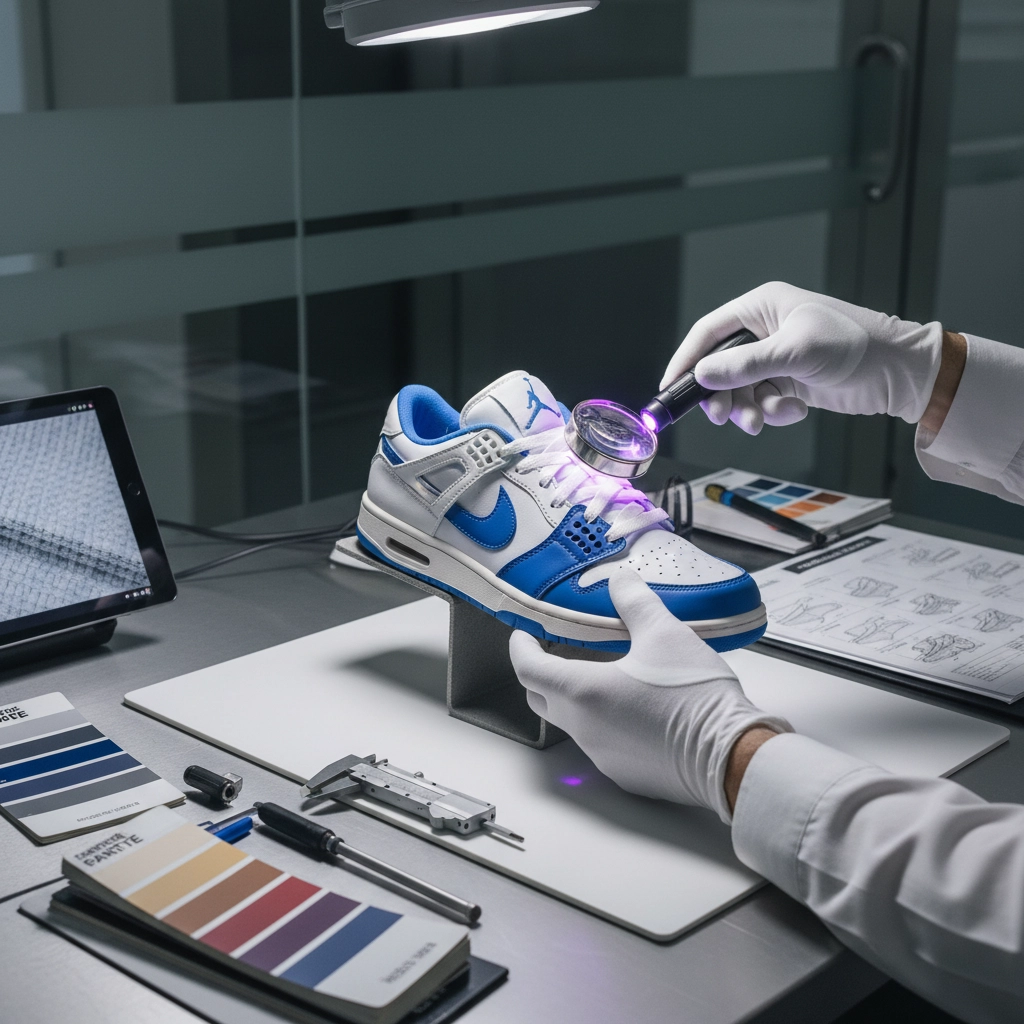
What This Means for You (The Real Talk)
Authentication services are playing odds. They make educated guesses based on patterns, probability, and experience. Sometimes, they're right. Sometimes, they're not.
Does this mean authentication is useless? Absolutely not. Your odds of getting genuine kicks through authenticated channels are WAY better than rolling the dice on random eBay listings.
But should you assume authenticated equals 100% authentic? Nope.
The 12Up Kicks Difference
We're not gonna lie to you about having magical authentication powers.
What we do have:
- Years of experience handling size 12+ sneakers
- Direct relationships with trusted sources
- Our reputation is on the line with every single pair we ship
- Complete transparency about our authenticity guarantee
We don't claim perfection. We claim honesty. And in this game, that's rarer than you think.
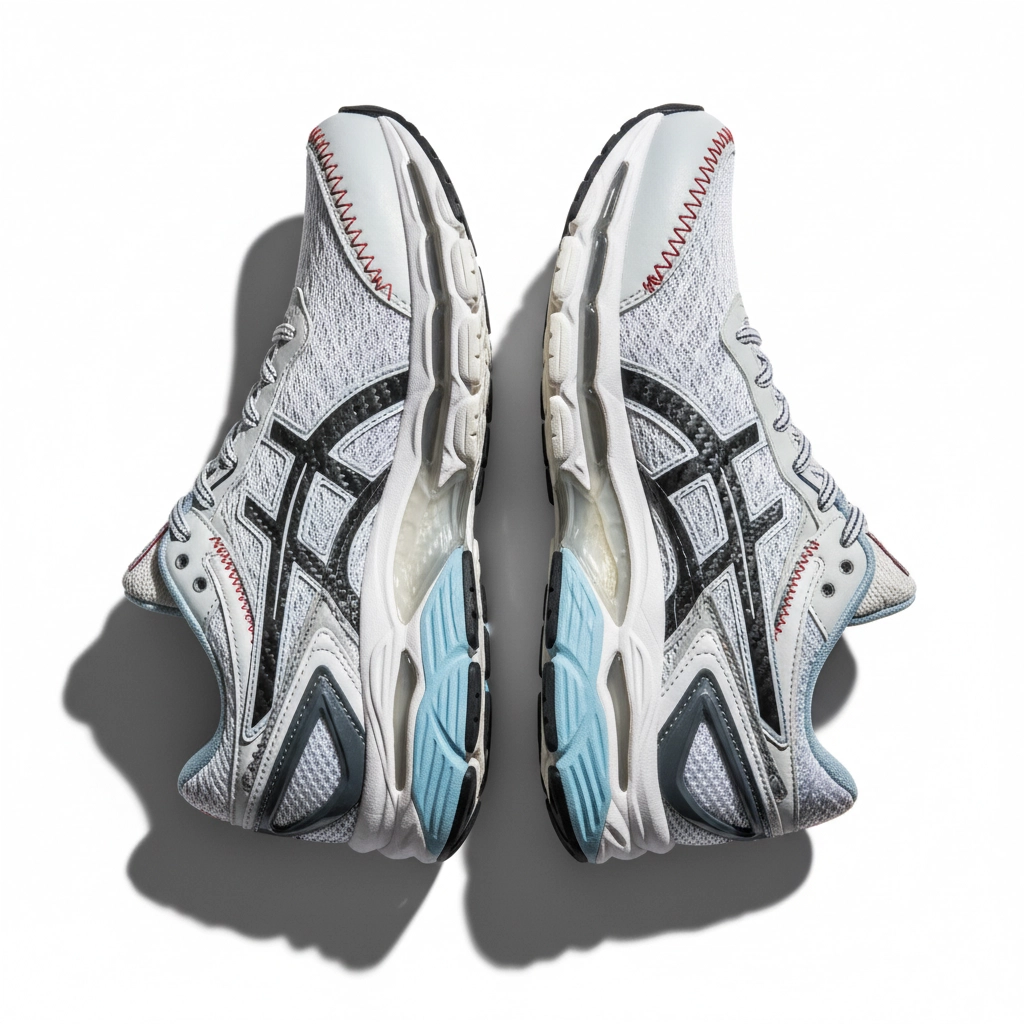
Red Flags Even "Authenticated" Shoes Can Have
Watch out for:
- Inconsistent glue patterns (even on "real" pairs)
- Stitching that looks different from your friend's pair
- Boxes that seem... off
- Materials that feel weird under your fingers
- That gut feeling something's not right
You can trust your instincts. Seriously. Sometimes your eyes catch what machines miss.
The Community Approach
Here's what we've learned from our community: The best authentication happens when collectors help collectors.
Got a questionable pair? Could you hit up the forums? Post pics. Ask questions. Real sneakerheads love helping each other avoid getting burned.
The sneaker community is stronger than any single authentication service.
Moving Forward: What You Need to Know
Buy smart:
- Research the seller
- Ask questions
- Compare prices (if it's too good to be true...)
- Trust your gut
Know the risks:
- Even authenticated pairs can surprise you
- No system is perfect
- Educated buying beats blind faith
Build relationships:
- Connect with trusted sellers
- Join communities (like ours!)
- Learn from other collectors' experiences
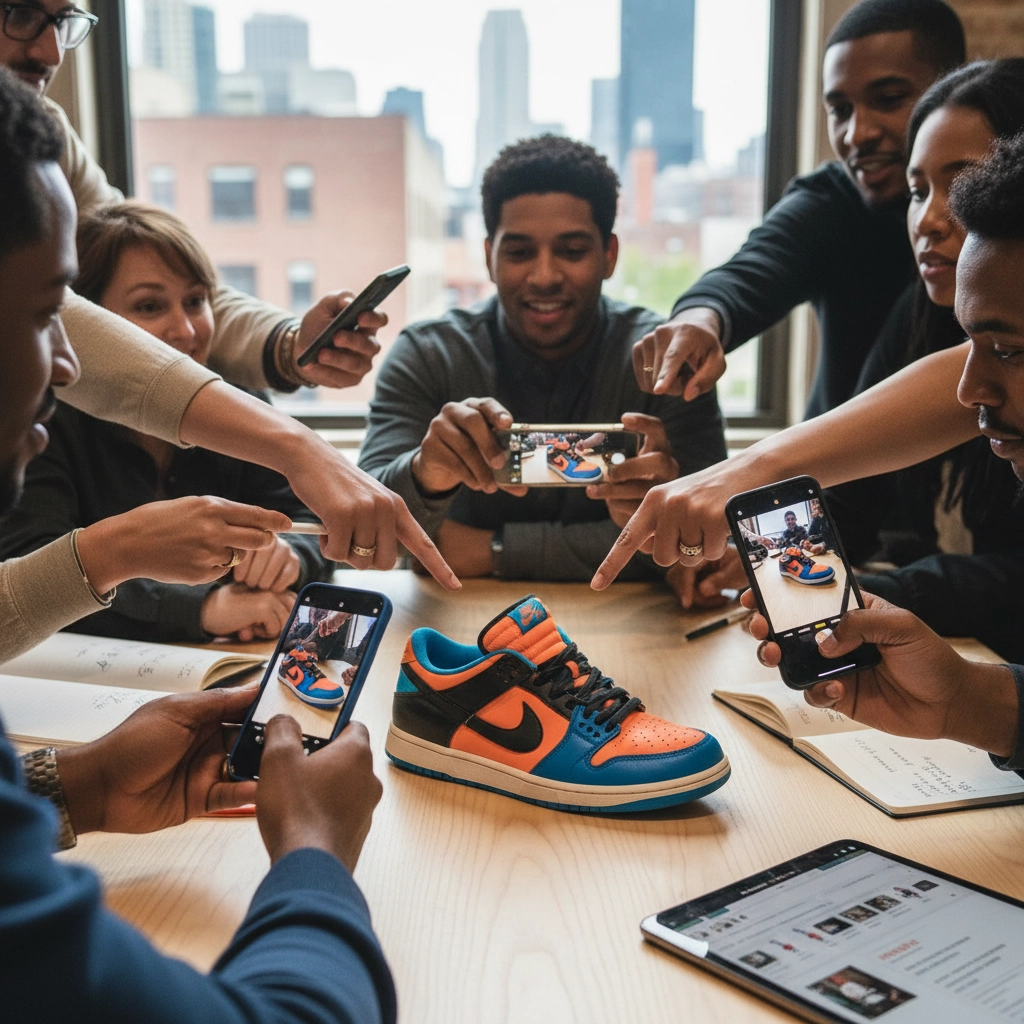
The Bottom Line
The sneaker authentication industry wants you to believe they've solved the fake problem.
They haven't.
What they've done: They created a better system than the Wild West, significantly reduced the**** risk, and made buying sneakers less stressful.
What they haven't done: Eliminated fakes. Created a foolproof system. Earned the right to charge premium prices for guarantees they can't make.
Our take? Use authentication services, but stay educated, connected to the community, and never stop asking questions.
At the end of the day, the best protection against fakes is knowledge, and we're here to ensure our community has all the necessary knowledge.
Ready to explore sneaker authentication in more depth? Follow our 12Up Sneaker Journal for more real-world news about the industry.
No sugar-coating. No industry PR speak—just the truth.
That's how we roll at 12Up Kicks.
